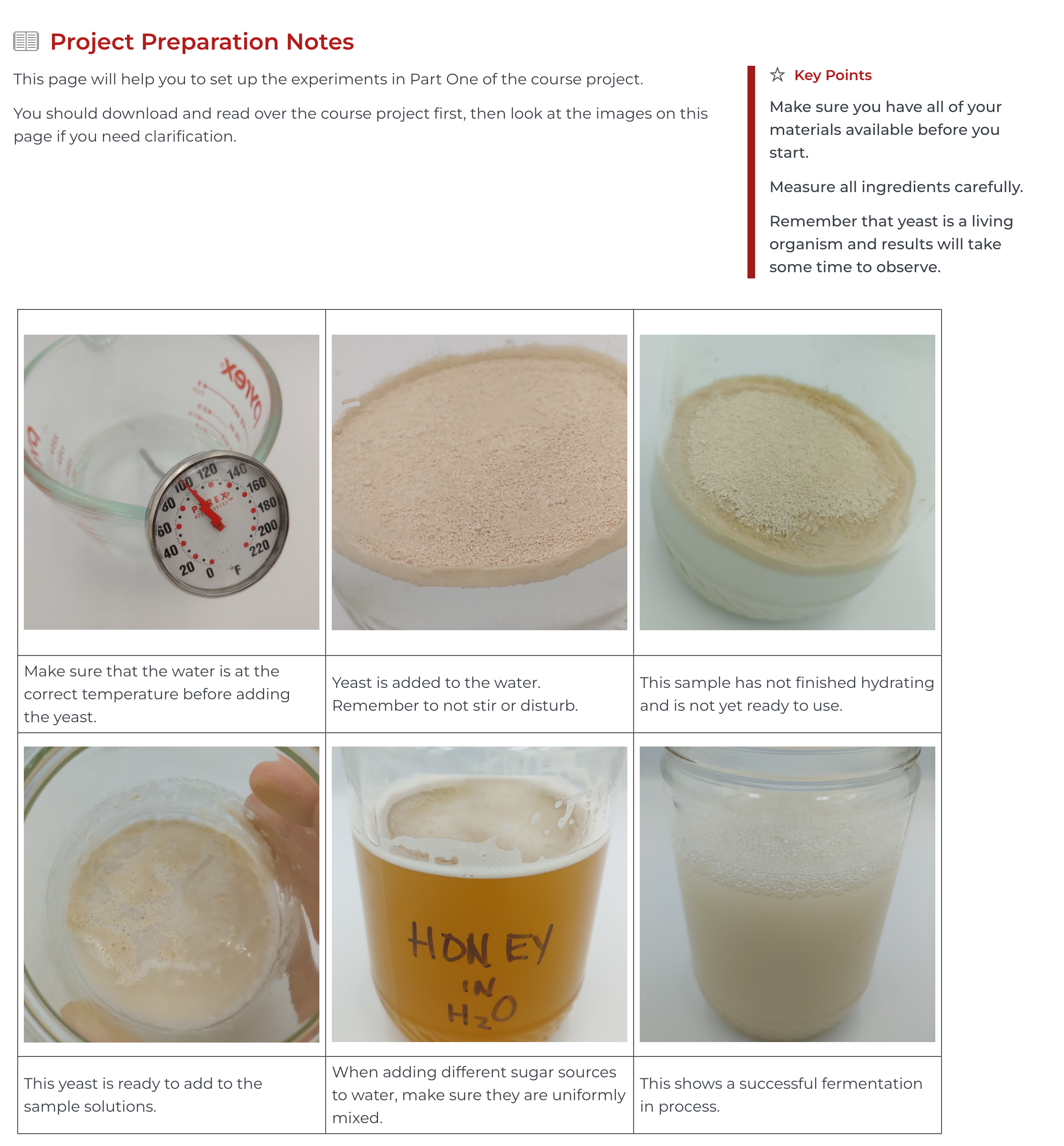In this section, I have captured some of the various types of pages that I have built.
In this page, the faculty wanted to share an important graph, along with some explanations of what it shows. Combining text with images can increase the impact of each, especially when done carefully.
Assessments are an essential part of any course. Presenting the information that students need to be able to complete the assessment must also be carefully planned. This page is from a quiz, where the students needed to perform a multi-step calculation that was demonstrated in the video on the previous page.
This activity is from a medicinal plants course. As part of that course, the faculty wanted the students to have at least a basic sense of the organization of the plant kingdom. One of the significant advantages that I see in online interactives is allowing students to repeat a practice activity as many times as needed to get to the point where they feel that they have mastered the concepts.
This page is the instructions for an activity from a fermentation course. When students are working asynchronously, it is critical to try to address any points of confusion beforehand, so they aren’t stuck waiting for an email or chat response from an instructor or course facilitator if they have a question.
The power of large-language-model-based tools is an area that appears to have considerable potential. In the right situation, these systems can provide interactive, real-time feedback. One way to leverage this is with a custom model that is trained on course content, for example, video transcripts or reading pages. On this page, the model uses the video transcript, and then an instructional-designer-created question, to help reinforce the content.



